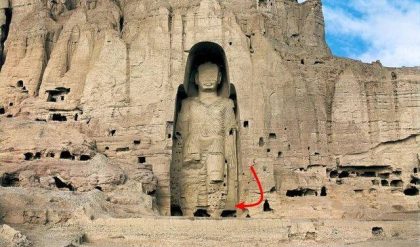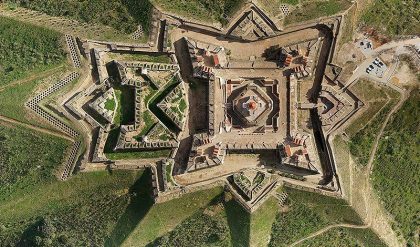In the bustling heart of Naples lies a silent testimony to the ancient fury of Vesuvius. Recent archaeological discoveries at the site of Afragola have unearthed a haunting tableau: footprints imprinted on the ash, frozen in time, tell the story of a desperate escape from the cataclysmic “Pomici di Avellino” eruption.

Dating back to the Early Bronze Age in the 2nd millennium BC, this eruption predates the more famous Vesuvius eruption of 79 AD by centuries. Yet, its impact was no less devastating. The eruption, triggered by the volcanic activity of Monte Somma, unleashed torrents of ash and debris that blanketed the surrounding landscape, burying villages and claiming lives.
The images captured at the archaeological site of Afragola offer a glimpse into the harrowing moments of those caught in the path of destruction. Among the ruins of one of the largest villages lost to the volcano, these footprints stand as silent witnesses to the human drama that unfolded millennia ago.
Each footprint tells a story of fear, desperation, and survival. Some show the hurried stride of those fleeing for their lives, while others bear the weight of individuals carrying loved ones to safety. These impressions on the ash serve as a poignant reminder of the fragility of life in the shadow of Vesuvius.
As researchers continue to study and preserve these remarkable artifacts, they provide invaluable insights into the lives of ancient civilizations and the enduring power of nature’s wrath. The footprints on the ash of Afragola speak across the ages, reminding us of the resilience of the human spirit in the face of adversity.





